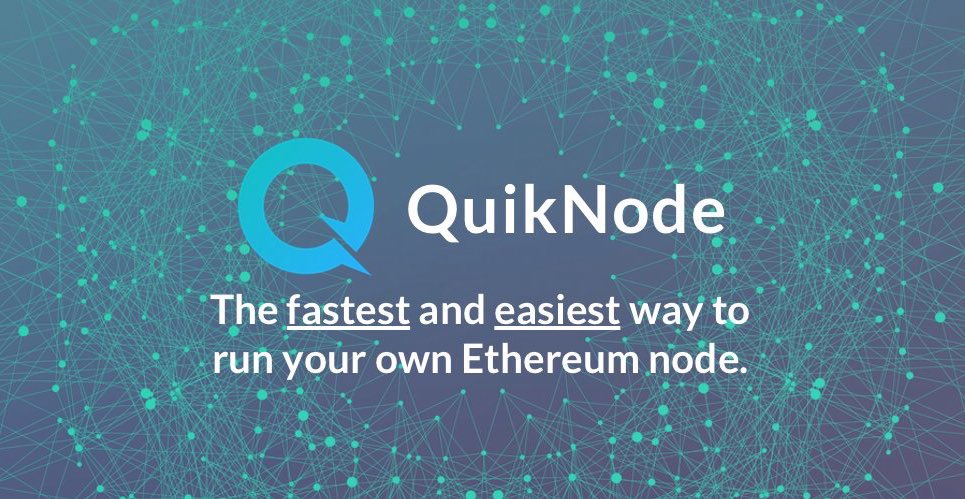Nodes are essential parts of the Ethereum ecosystem, so it is important that as many people as possible run these nodes. They provide quicker transactions, validate blocks, and improve the overall health of the ecosystem. However, running nodes is not always feasible due to computational and data limitations. A service called QuikNode has recognized this and aims to empower users in setting up their own Ethereum nodes.
The Benefits of Running an Ethereum Node Through QuikNode
There are a few reasons to run an Ethereum node with QuikNode. As its name suggests, setting up the node is incredibly quick and it boasts a 10 minute turnaround to get it up and running. Running a node with QuikNode also allows users to transact with a private Ethereum node. This means that their transactions will go through quicker. This is particularly advantageous for individuals looking to jump into an ICO without having to queue in public nodes. Finally, running nodes benefits the ecosystem as a whole.
QuikNode Adds Tutorials
To help people get acquainted with and set up nodes even quicker, QuikNode recently added tutorial articles for its users. Let’s take a look at those here.
QuikNode with MetaMask
Many users want to connect their nodes to MetaMask. The first step in doing so is getting QuikNode. Users are directed to click the three horizontal bars on the MetaMask extension, which has the user copy and paste a URL as the new RPC URL. Pressing enter saves the change. The “current network” changes to the QuikNode URL, and it will say “private network” at the top. Users then go about their usual business, only now with their own private Ethereum node. This could be particularly advantageous for ICO investors, since a private node plus custom gwei could help secure their place in a crowdsale.
QuikNode with MyEtherWallet
One of the most popular Ethereum wallet solutions is MyEtherWallet. Naturally, QuikNode wanted to support it. For users, the beginning steps are fairly similar to MetaMask’s. They are instructed to access the MyEtherWallet instructions found at the bottom of their QuikNode user interface. They are then told to go to MyEtherWallet then click the “Node Switcher” icon on the top right of the page. MEW users will be familiar with this functionality since it allows them to select nodes and chains. By clicking “Add Custom Node,” users can name and enter the URL and port for their QuikNode. Users should opt in for basic access authentication and then enter the email and password they provided when creating their MEW accounts. Saving the changes will connect MEW to the new custom node.
Buying a QuikNode
Considering that it’s the first step to set up QuikNode with MetaMask and MEW, the team wanted to provide a quick tutorial on how to buy a QuikNode as well. The first step is visiting its site (www.quiknode.io) and clicking “Get Started.” The user then enters an email and password, and selects the location of his or her node. Alternative chains may be set up as well. Users then send payment to the provided address to fund the use of their node. After the payment is confirmed, the user is directed to his or her unique UI. This means that the node is up and running, ready to be used.
This is a sponsored post and does not necessarily reflect the opinions of any The Merkle employees. This is not investment or trading advice; always conduct your own independent research.

